Do Solar Garden Lights Attract Bugs at Night?
Picture this: you’ve just set up a string of solar garden lights, turning your backyard into a cozy evening retreat. But as you sip your drink, a swarm of moths and mosquitoes crashes the party, buzzing around every bulb. It’s a common worry for homeowners—do solar garden lights basically roll out the red carpet for bugs? I’ve wondered this myself while browsing options online, trying to figure out if my new lights would light up my patio or just attract every insect in the neighborhood. The good news? Not all solar lights are bug magnets, and a few smart choices can keep your evenings more glow, less swarm.
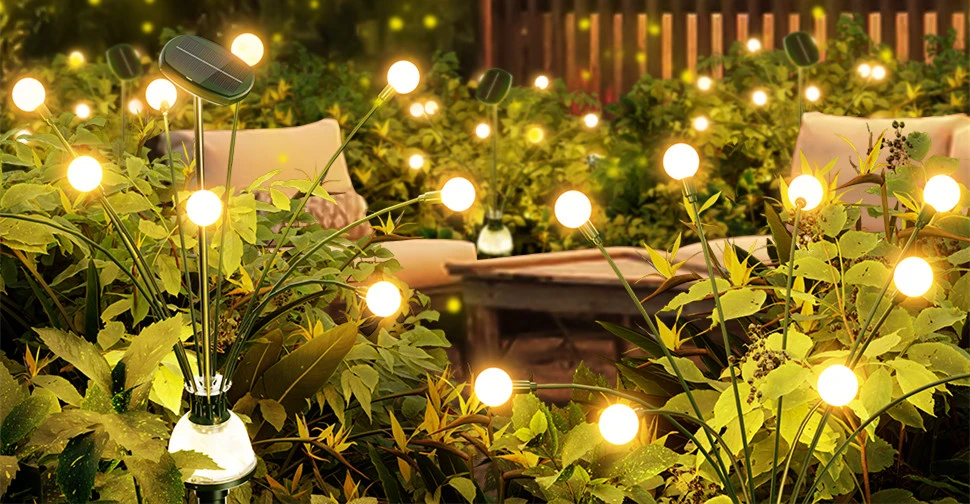
Light Spectrum: Why Bugs Flock to Some Lights
Not all light is equal when it comes to bugs. Insects are drawn to certain wavelengths, especially ultraviolet (UV) and blue-heavy light, which mimic natural cues they follow for navigation or feeding. Most solar garden lights use LEDs, and the spectrum they emit—measured in Kelvin (K)—plays a big role in whether you’ll need a flyswatter.
Here’s the breakdown:
- UV and Blue Light (Above 5000K): High-energy wavelengths, like those in cool white LEDs, pull in bugs like moths and flies, which see these as prime targets.
- Warm White (2700K-3500K): Lower-energy, yellowish light is less attractive to insects, mimicking firelight that bugs naturally avoid.
- Real-World Impact: Studies shared on X show warm-toned lights cut bug attraction by up to 60% compared to blue-heavy ones.
Opting for solar lights with a warm spectrum can make a noticeable difference. I read a gardening blog where someone swapped cool white LEDs for 3000K ones and saw fewer moths within days.
Warm White vs. Cool White: The LED Showdown
The choice between warm white and cool white LEDs isn’t just about ambiance—it’s a bug battleground. Cool white lights (5000K-6500K) give off a crisp, daylight-like glow, great for visibility but a beacon for insects. Warm white (2700K-3500K), with its softer, golden hue, feels cozier and keeps bugs at bay.
Key differences for quick scanning:
- Cool White (5000K+): Brighter, blue-toned light. Great for security but attracts mosquitoes and moths like a buffet. Amazon reviews often mention bug swarms with these.
- Warm White (2700K-3500K): Softer, yellow-toned glow. Less appealing to insects, ideal for patios. Users on Reddit praise the “bug-free” vibe of warm LEDs.
- Energy Trade-Off: Warm LEDs use slightly more power for the same brightness, but modern solar panels (like monocrystalline in Bitpott lights) handle it fine.
A friend who redid their garden lighting told me switching to warm white solar lights cut down the mosquito buzz so much they could finally enjoy summer nights outside. It’s a small tweak with a big payoff.
Placement Tips: Keeping Bugs Away from Your Chill Zone
Even the best solar garden lights can draw some bugs, but where you place them matters a ton. Putting lights too close to seating areas or dining tables is like inviting insects to dinner. Smart placement pushes bugs to the fringes of your yard, letting you relax in peace.
Practical tips to minimize insect gatherings:
- Distance Matters: Mount lights 10-15 feet from sitting areas. Bugs cluster near the source, not your lounge spot.
- Use Pathway Lights: Low-to-ground solar lights along walkways keep bugs below eye level, per Medium posts from gardeners.
- Avoid Water Features: Lights near ponds or fountains amplify bug attraction—mosquitoes love water. Place them 20 feet away if possible.
- Mix with Repellents: Pair lights with citronella plants or candles near seating for a double defense.
One X user shared how they moved their solar lights to the garden’s edge, and their patio went from “moth central” to mostly clear. It’s about directing the light—and the bugs—where you don’t hang out.
-6-3-1024x400.webp)
Bug-Repellent Solar Lights: Do They Work?
You’ve probably seen solar garden lights marketed as “bug-repellent,” often with amber LEDs or chemical coatings. Sounds great, but do they deliver? Amber lights (around 2000K) lean even warmer than standard warm white, making them less attractive to bugs. Some brands, like PIC, add coatings that claim to repel insects chemically. The catch? Results vary.
What the evidence says:
- Amber LEDs: Effective at reducing bug attraction—some studies suggest 70% fewer insects than cool white. Amazon reviews back this, with users noting fewer flies.
- Chemical Coatings: Mixed bag. Coatings wear off in rain, and X posts complain about weak effects after a month.
- User Feedback: A gardening forum mentioned amber solar lights worked “decently” but needed citronella backup for heavy mosquito zones.
I dug into reviews, and while amber lights help, they’re not a silver bullet. Pairing them with good placement and natural repellents like lavender plants seems to be the winning combo for most homeowners.
Smart Choices for Bug-Free Nights
Solar garden lights don’t have to turn your yard into an insect rave. By picking warm white or amber LEDs around 2700K-3500K, you can slash bug attraction significantly—think 60-70% fewer moths and mosquitoes. Placement is just as crucial: keep lights away from your patio or deck, and use pathway models to draw bugs low and out of sight. Bug-repellent lights sound cool, but their coatings often underdeliver, so lean on proven amber tones and strategic setup instead. With these tweaks, your solar lights can create that perfect evening glow without inviting the whole bug neighborhood. Grab a set with the right spectrum, place them thoughtfully, and enjoy your backyard without the buzz.

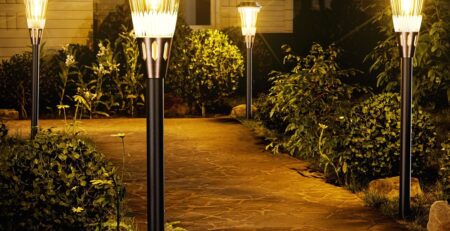
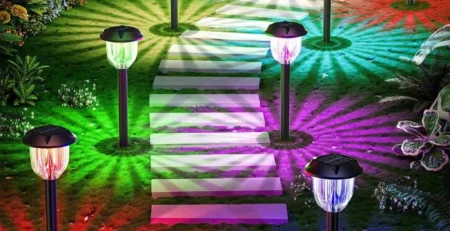
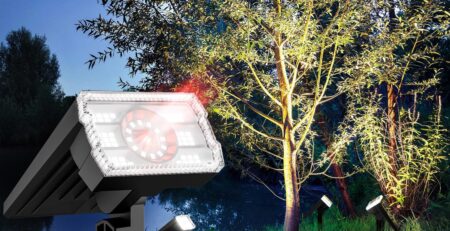
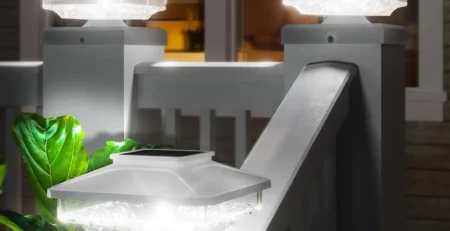
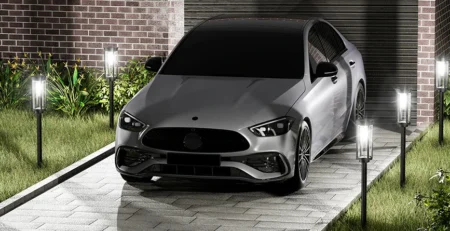

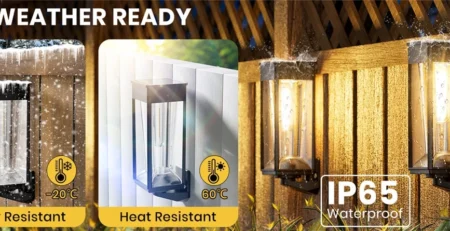

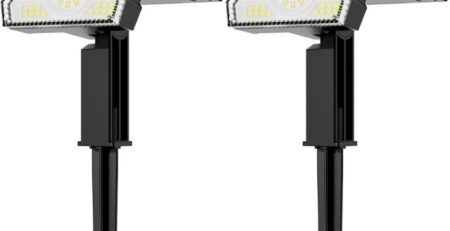
-2-1-450x231.webp)
Leave a Reply